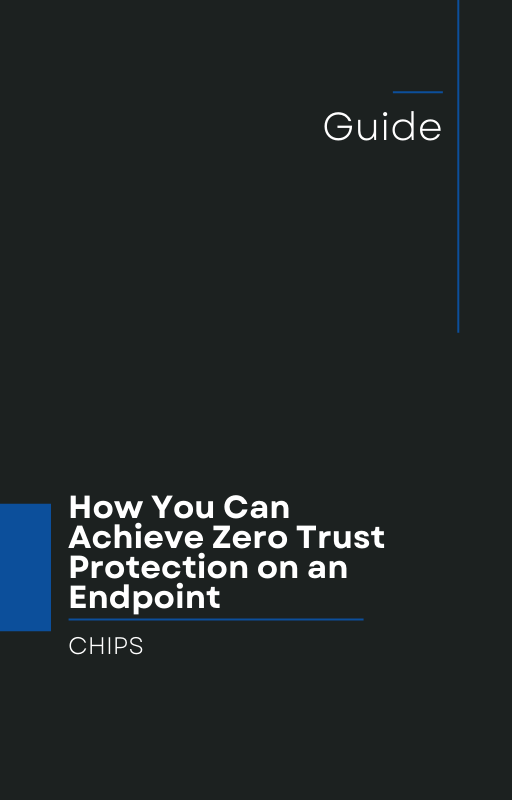Cybercriminals never stand still. Recent reporting by Cybersecurity Dive highlights an unsettling reality for business owners: ransomware gangs are actively shifting their tactics to sidestep enterprise defenses (Source: Cybersecurity Dive).
These threat actors are no longer relying solely on traditional ransomware playbooks. Instead, they’re becoming more sophisticated, favoring stealth, speed, and creativity to breach defenses undetected. For businesses depending heavily on detection-based solutions, this trend is deeply concerning.
The Shift: How Ransomware Gangs Are Changing Their Approach
The article reveals several key ways ransomware gangs are evolving:
-
Shortened Dwell Times: Attackers are reducing the amount of time they remain inside compromised systems before launching encryption or data exfiltration, giving security teams little time to detect and respond.
-
Living-off-the-Land (LotL) Techniques: Criminals are leveraging legitimate tools already present within systems—like PowerShell or Remote Desktop Protocol—to carry out attacks without triggering traditional alarms.
-
Double and Triple Extortion: Beyond encryption, gangs are stealing sensitive data and threatening public leaks or resale unless additional ransom demands are met.
-
Targeting Smaller Vendors: Attackers are bypassing fortified enterprise defenses by infiltrating smaller, less-protected vendors in the supply chain and using those relationships to pivot into larger targets.
This constant evolution poses a significant question: How can businesses keep up when ransomware gangs are always one step ahead?
The Problem with "Detect and Respond"
Most endpoint protection solutions today rely on "Detect and Respond" frameworks. In theory, they monitor for suspicious behavior and respond once something malicious is detected.
However, as ransomware actors adopt LotL techniques, reduce dwell time, and use novel attack vectors, detection tools often fail to spot the threat until it’s too late.
Here’s the painful reality: if your defense hinges solely on detecting ransomware after it's already operating inside your systems, you've already lost precious time—and possibly data, money, and reputation.
The Better Way: Isolation and Containment with AppGuard
This is why more forward-thinking businesses are moving to "Isolation and Containment" strategies. Instead of trying to detect every new trick attackers use, AppGuard stops unauthorized processes from ever launching, regardless of whether they’re known or unknown threats.
AppGuard has a proven 10-year track record of successfully blocking ransomware, fileless attacks, and zero-day threats. Here’s how it works differently:
-
Proactive Containment: Instead of waiting to see if an application behaves maliciously, AppGuard prevents untrusted or unnecessary applications from executing in the first place.
-
No Need for Constant Updates: Unlike traditional antivirus and EDR systems that require frequent signature or rule updates, AppGuard’s containment policies don’t rely on knowing the specifics of the threat.
-
Lightweight, Low Overhead: AppGuard’s design ensures minimal impact on system performance—critical for small businesses and enterprises alike.
Why It’s Time to Rethink Your Defense
The recent surge in ransomware innovation isn’t a temporary blip. It’s an ongoing evolution, and businesses that continue relying on detection-based defenses are leaving themselves exposed.
AppGuard flips the script. Instead of playing catch-up, it neutralizes threats by preventing them from ever executing—giving you peace of mind, operational continuity, and avoiding costly ransom payments.
Take Action Today
Don’t wait until your business becomes the next headline.
Talk to us at CHIPS about how AppGuard can safeguard your endpoints and prevent incidents like the ones highlighted in the Cybersecurity Dive article. Let’s move beyond "Detect and Respond" and adopt Isolation and Containment—the defense strategy ransomware gangs can’t outsmart.
Like this article? Please share it with others!

March 21, 2025

Comments